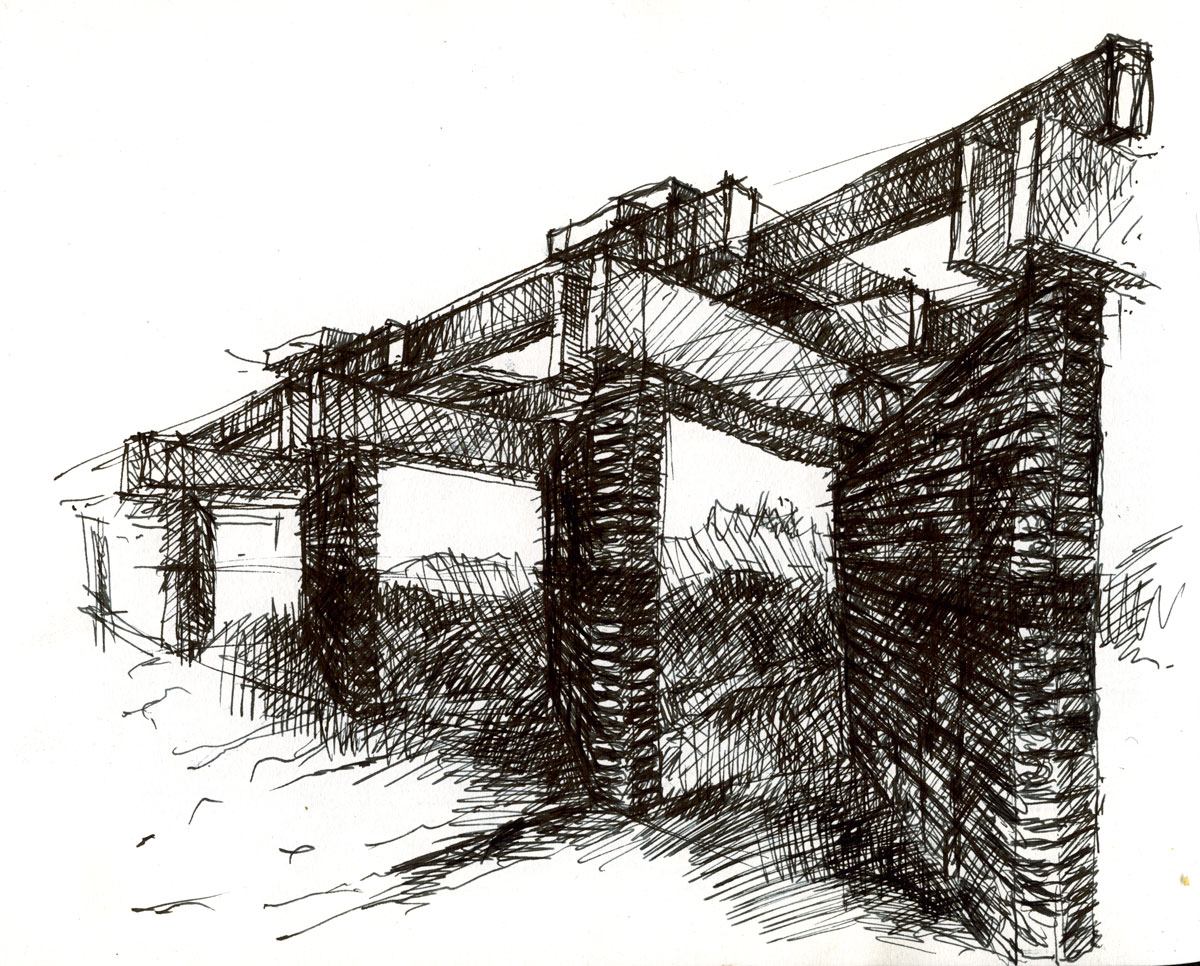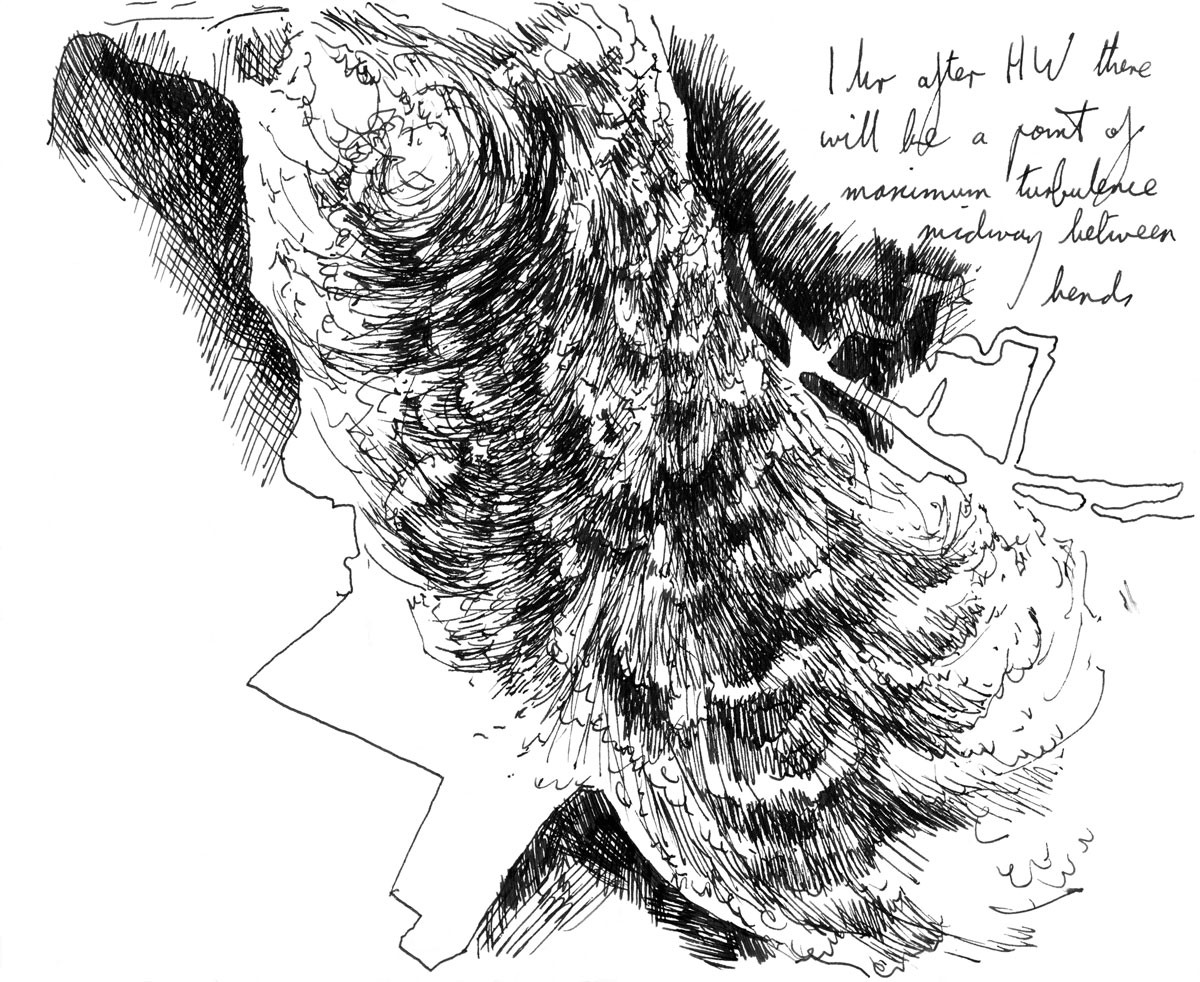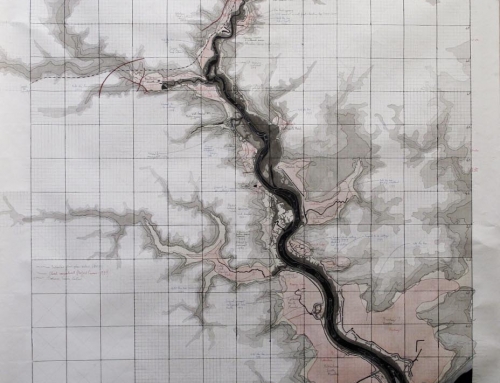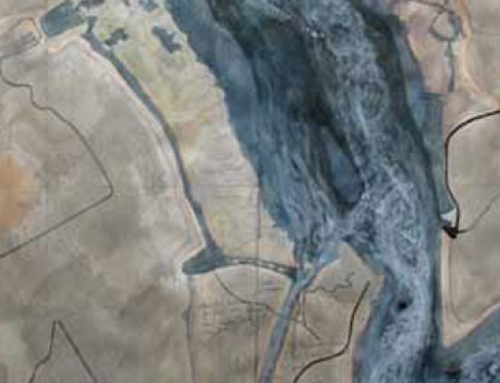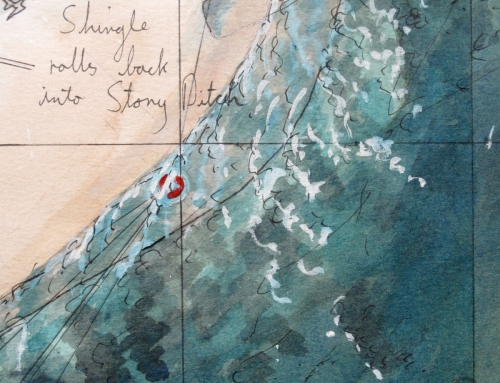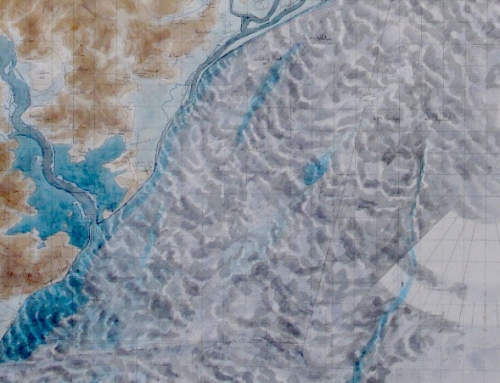Skirting the upstream edge of Sutton Saltmarsh there is a river wall that used to function as a footpath connecting a ferry landing to the shore. The ferry ceased to operate in the 1970’s and the wall was no longer maintained. It is now derelict, exposing the saltmarsh to the full impact of the tide on the ebb with the result that it is now eroding. Over the last decade, I have increasingly devoted my attention as an artist to projects that demand a high level of environmental awareness, so that by now I feel I have both the insight and curiosity to be able to contribute to this debate.
My role within the River Deben Association has given me the opportunity to become engaged at grass-roots level. For several years the Environment Agency has been developing Estuarine Strategies for all of the Suffolk Rivers.As an organisation we are committed to representing the community in the consultation process and if we are to do this with conviction we must ensure that we are well informed upon the issues and their terms of reference. One of our approaches to this has been to explore projects within our scope that would enhance familiarity with the issues.
As long ago as 2004 I suggested a protection scheme for Sutton Saltmarsh opposite the Woodbridge Tide Mill, which, with help, could be affordable using locally sourced materials and labour and contribute positively to a national and international data gathering operation. If we had realised then that the process would take over four years, perhaps we may not have been so keen to pursue it, even in its success it serves as a salutary lesson on the bureaucratic hoops that have to be jumped through to accomplish the simplest initiatives. The structure fits into the category of “soft engineering”.
It is a 90 metre fence comprising a timber structure supporting 62 screens made of a combination of heavy-duty plastic mesh and brushwood. Its function is to absorb tidal energy and encourage the deposition of silt. The aim is to arrest the effects of erosion and to foster the reinstatement of saltmarsh vegetation.
From the start we engaged Hawes Associates of Aldeburgh who conducted a feasibility study and came up with an ingenious design solution that we were happy to adopt and subsequently adapt as the work progressed. We also consulted the Environment Agency and Natural England, received a grant from the Sustainable Development Fund, managed by Suffolk Coast and Heaths AONB and logistical help from HMP Hollesley Bay Colony. Bill Waring, who owns the saltmarsh and the land that gives access to it, agreed that we should carry out the work as did the National Trust, the owner of the foreshore.
The senior technical sea fisheries specialist of the Environment Agency, Steve Colclough, tipped the scales of official support in our favour by conducting a fish survey on site. The original premise for my place in the project was quickly sublimated into the function of project manager, developing and bringing it to completion.
My identity as an artist in projects like this is ambiguous. In any such partnership, the question of authorship is not really appropriate, neither should the status of the structure be an issue. It might be attractive to think of it as sculpture by default, but this is a conceit. My underlying intention happens offstage and belongs to another

